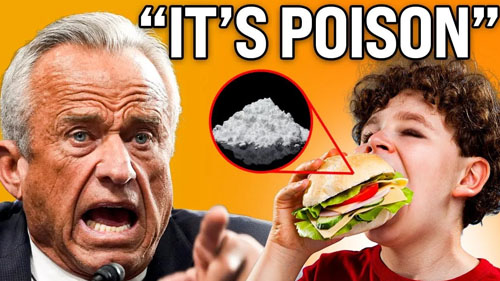| Recent Featured Videos and Articles | Eastern “Orthodoxy” Refuted | How To Avoid Sin | The Antichrist Identified! | What Fake Christians Get Wrong About Ephesians | Why So Many Can't Believe | “Magicians” Prove A Spiritual World Exists | Amazing Evidence For God | News Links |
| Vatican II “Catholic” Church Exposed | Steps To Convert | Outside The Church There Is No Salvation | E-Exchanges | The Holy Rosary | Padre Pio | Traditional Catholic Issues And Groups | Help Save Souls: Donate |  |









 " />
" /> " />
" /> " />
" /> " />
" /> " />
" />




Why Is the Cold U.S. Winter Killing Off Stinkbugs?
Stefan Sirucek newswatch.nationalgeographic.com The invasive insect, commonly called the brown marmorated stinkbug, has been plaguing homes and devouring agricultural crops in 38 states for years. (Related: “Stinkbug Threat Has Farmers Worried.”) Thomas Kuhar, a professor of entomology at Virginia Tech, and his team have been gathering stinkbugs for the past three years near his campus in Blacksburg, Virginia, to use in lab experiments. The bugs spend the winter outside in insulated buckets that mimic the walls, shingles, and attics that they inhabit when the temperature drops. That normally works out quite well for the bugs—but this year stinkbugs have been, well, dropping like flies. “In the previous two years, natural mortality averaged about 20-25 percent,” he wrote in an email. In January 2014, however, Kuhar’s team discovered that the subfreezing temperatures had killed off 95 percent of the population. Normally the bugs have a twofold strategy for dealing with cold weather: first holing up in those walls or attics, and then activating cryoprotectants in their body that act like antifreeze, explained Kuhar. (See video: “How Arctic Frogs Survive Being Frozen Alive.”) But Kuhar’s recent observations suggest that in weather this extreme, the stinkbug’s natural defense mechanisms may not be enough—even though they’re generally better adapted to colder climates. No Superbugs in Sight How significant of an impact this year’s unseasonably cold weather will have on stinkbug populations at large remains to be seen. “I wouldn’t say mass die-offs, but temperatures probably reached lethal levels for many insects,” said Kuhar, who added that the biggest threat to insect populations occurs when temperatures fluctuate drastically—for example, a cold snap after a warming trend. And in case you’re concerned that stinkbugs that survive the cold could breed and create a race of super-stinkbugs impervious to cold, you probably don’t need to worry. (Also read why a stinkbug makes a good snack.) Superbugs don’t arise due to weather events like these: Instead, extreme weather probably helps keep species in check and within their usual ranges, Kuhar said. to read more: newswatch.nationalgeographic.com
Sign up for our free e-mail list to see future vaticancatholic.com videos and articles.
Recent Content
^